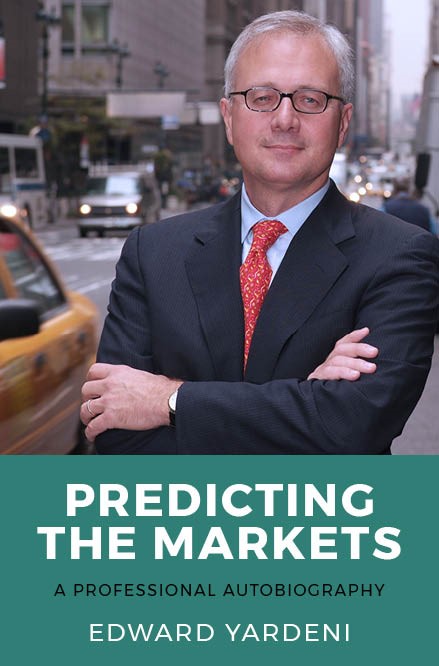Are Advisors Able To Adhere To The CFP Board’s Fiduciary Standard? Hot
for CFP professionals more than two years before the Dodd-Frank Act addressed the need to extend the standard to broker-dealers. The CFP Board’s board of directors adopted the current fiduciary requirement in 2007 and made it effective July 1, 2008. The CFP Board’s Standards of Professional Care defines a fiduciary as “one who acts in utmost good faith, in a manner he or she reasonably believes to be in the best interest of the client.”
“Contrary to Mr. Roth’s suggestion, our CFP professionals embrace their fiduciary obligation and have successfully applied it to a variety of business models, whether they are paid by commissions or fees,” Keller wrote. “A 2011 survey showed that 88% of CFP professionals agreed that all financial professionals should adhere to a fiduciary standard.”
But is that in fact the case? Can CFP professionals regardless of business model adhere to the CFP fiduciary standard?
Well, the answer increasingly seems to be yes, or at least that’s the case at Raymond James.
According to Pat Dixon, CFP, CFA, vice president of Wealth Management Solutions at Raymond James Financial, the CFP Board has been successful in promoting standards that are high, but attainable for firms that want to comply with the standards. “I would agree that the CFP Board is taking a market-sensitive approach,” says Dixon.
By way of background, Dixon credits Michael Shaw, managing director, Professional Standards & Legal at CFP Board and Joseph Maugeri, Director of Firm Relations at the CFP Board, for finding a middle ground that works for the CFP Board and firms that have advisors who hold the CFP designation.
For his part, Dixon says Raymond James has been working with the CFP Board for over the last two years to put together processes and deliverables that would enable Raymond James’ financial advisors (be they independents or employees) to engage appropriately with clients according to the CFP model.
“One of the challenges we had was this: How do we support our practitioners comply with the standards?” says Dixon. “The next question then was: How does the fiduciary standard that CFP Board defined compare with what our financial advisors - depending on how they engage, whether its commission-based or in an RIA capacity, how does it compare to the regulatory environment because there is a difference.”
In the case of Raymond James, Dixon says the company resolved the difference by creating co-branded materials that enable Raymond James advisors to better understand the standards. “When you engage in planning services - and the definition by the CFP board is that you are engaging in the financial planning process with clients, then the CFP board wants (the advisor) to be held accountable to a standard of utmost care to those clients,” says Dixon. “The understanding of that has been the biggest challenge with our practitioners.”
Dixon says there concerns initially, but as the firm work with the CFP over the past two years those concerns have dissipated.
In fact, Dixon says implementing the CFP Board’s standards might have been easier at Raymond James as compared to some other firms. “We've always approached our practitioner’s ability to engage in more of a consultative manner then before,” Dixon says. “A lot of our practitioners, if not all, are advisor licensed, so the ability to engage in that manner” was relatively easy when the CFP Board changed its standard because it “emulated an advisory engagement and tried to more clearly define some underlying tenets of that advisory engagement, which we don't disagree with. That's one if the things that we've tried to re-inforce from a best practices standpoint.”
That’s not to say that there weren’t struggles. Dixon says Raymond James had to deal with the standard that calls for a written agreement for all planning engagements. “It was a struggle for us because if there is compensation associated with the advice that falls into an RIA model, but not when there’s not compensation,” he says. “Having an agreement quote unquote in place is not governed by a certain regulatory environment. So that is one area where we worked with the CFP Board long and hard and our compliance and legal environment to come up with some model documents that are FA in both broker/dealers (RJ and RJFS) could use.”
Dixon also says the CFP Board has rolled out a compliance checklist to help “practitioners understand what the CFP board was trying to promote as they define their new standards.”
Others, meanwhile, don’t seem as concerned whether advisors in their system who hold a CFP comply with the Board’s standards.
“At Securities America we feel that the CFP Board is not a regulator,” says Zach Parker, CFP, First Vice President, Income Distribution & Product Strategy at Securities America. “So we do not regulate or check whether our advisors are complying with the fiduciary standard that CFP Board put out. We did, though, create some training guides (after the CFP Board issued its standards) and some new disclosure forms for clients as a kind of model for what the CFP Board was asking for. So we did take that into consideration that our advisors were going to need to focus on it. And we created some new materials that advisors can use to hopefully stay compliant. But we don't necessarily supervise whether they are doing that or not.”
Tomorrow: We’ll have more comments from Don Trone and others about this topic.









